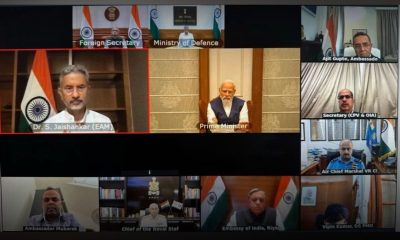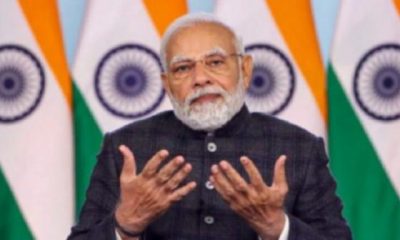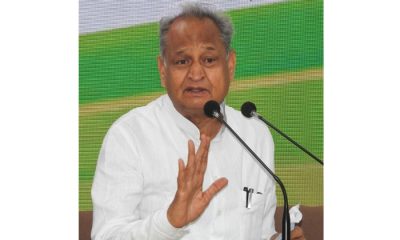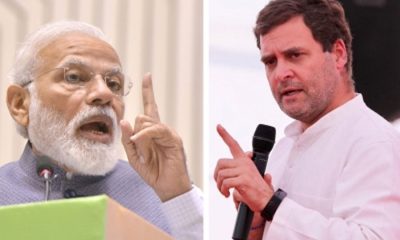National News
PM Modi inaugurates Amrita Hospital in Faridabad
Prime Minister Narendra Modi on Wednesday inaugurated 2,600-bed Amrita Hospital in the presence of spiritual leader Sri Mata Amritanandamayi Devi (Amma) in Faridabad.
With 2,600-beds, 534 of which are ICU, the facility will be one of the largest hospitals in the country. The Prime Minister formally inaugurated the hospital by unveiling a plaque marking the momentous occasion.
Speaking on the occasion of inauguration, the Prime Minister stated that as the country is entering the Amrit Kaal and collective aspirations and resolutions are taking shape, it is fitting that it is getting the nectar of blessings of Sri Mata Amritanandamayi. The hospital, he said, is a blend of modernity and spirituality and will become a medium of accessible and affordable treatment for needy patients.
“Amma is the embodiment of love, compassion, service and sacrifice. She is the carrier of India’s spiritual tradition”, he said.
Dwelling on the great tradition of service and medicine of the country, PM Modi said: “India is a nation where treatment is a service, wellness is a charity. Where health and spirituality, both are related to each other. We have medical science as a Veda. We have also given the name of Ayurveda to our medical science.”
He further added that this system of discharging the responsibilities related to education and medicine by the religious and social institutions is in a way the PPP model of old times. “It is called Public-Private Partnership but I also see it as ‘Paraspar Prayas’ (mutual effort)”, the PM said.
Recalling his address to the nation from the ramparts of the Red Fort, the Prime Minister said that he has placed a vision of the five vows of Amrit Kaal in front of the country and one of these five vows (Pran) is the complete renunciation of the mentality of slavery. He remarked that it is also being discussed a lot in the country at this time.
The Prime Minister said: “When we give up this mindset, the direction of our actions also changes.” This change, he continued, is visible in the healthcare system of the country as there is growing faith in the traditional knowledge of the country. Yoga has global acceptance today and the world will celebrate International Millet Year next year,” added PM Modi.
In her address to the people, Amma said: “Illness creates a state of desperate unhappiness. So, more than anyone, it is those suffering from illness who need our patient and loving care. Hospitals are their sole refuge, shelter, and sanctuary. As far as the patient is concerned, the doctor is God’s visible form because they are the ones who are able to give the patients some relief when they are in pain. Due to this, all those serving at the hospitals “be it the doctors, nurses, or other employees” should always have a heartfelt smile on their lips.
“Never waste any opportunity to serve. The entire world looks up to those who have the heart to do selfless service. We should not leave Mother Earth with scars. On the contrary, we should leave Mother Earth with flowers bedecked in her hair,” said Amma while concluding her speech.
The hospital is to be equipped with 81 speciality departments, the highest in India, along with 64 state-of-the-art Operation Theatres and 10 bunkers for precision-medicine oncology, the first in India. Moreover, there will be a 150-seat, fully residential MBBS programme, a Nursing College, and a College for Allied Health Sciences.
Spread across 130 acres, the hospital campus is the largest green-building healthcare project in India, with a minimal carbon footprint and zero wastewater discharge. It will eventually be solar-powered. The total built-up area is more than 75 lakh sq. ft, including 36 lakh square sq. ft. of hospital buildings.
Mumbai Press Exclusive News
MHADA to Blacklist Developer, File Criminal Case in Nagpada Redevelopment Mess
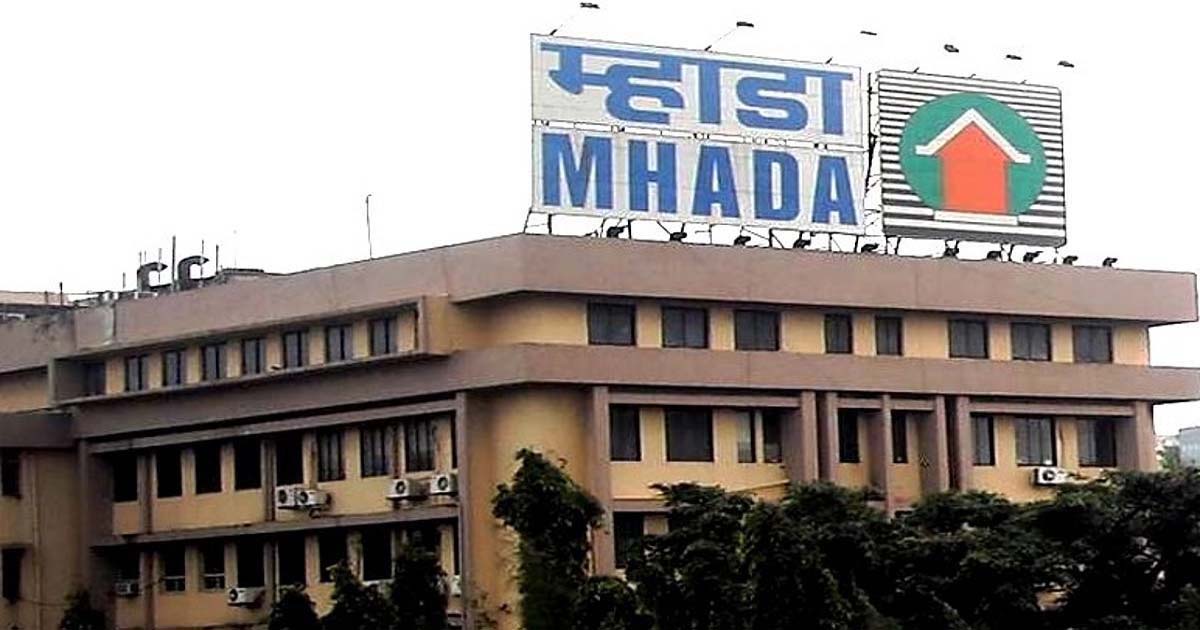
Mumbai: In a significant move aimed at protecting long-awaited tenant rehabilitation, the Maharashtra Government has approved the compulsory acquisition of three severely dilapidated buildings in Nagpada—Taumbawala Building, Deoji Darsi Building, and Zohra Mansion—after a decade-long delay in redevelopment.
The approval, issued through a Government Resolution dated 28 November 2025, empowers MHADA to take control of the stalled project under the amended provisions of the MHADA Act, 1976, following recent directions from the Bombay High Court.
The three buildings, located on Chhouthi Peer Khan Street and falling under C.S. Nos. 1458, 1459, and 1460 in the Byculla Division, were part of an extensive redevelopment plan covering several structures, including Building Nos. 13–13A, 13B, 15, 17, 19, 21–23, 31–33, and 35–37.
Although the developer managed to complete the structural framework of a proposed ground + 20-storey tower, the project has remained stagnant for nearly ten years. Key failures highlighted by authorities include:
- Not providing permanent housing to tenants
- Non-payment of transit rent for the last three years
- Extremely slow progress in internal construction
- Rising complaints and grievances from tenants
The situation prompted affected tenants to approach the Bombay High Court. On 1 October 2025, the Court directed the State to take necessary action under the MHADA Act, setting the stage for the latest government intervention.
Acting on MHADA’s proposal, the State Government has now sanctioned the compulsory acquisition of the 1,532.63 sq. m. land parcel on which the three buildings stand. MHADA will assume control to complete the long-pending redevelopment work and ensure rehabilitation of residents.
As part of the acquisition process, the government has laid down several mandatory conditions:
The developer must submit complete details of:
- Third-party rights
- Bank loans and financial liabilities
- Any other encumbrances
Only after reviewing these disclosures will the State grant final approval.
The government has ordered:
- Blacklisting of the developer
- Criminal proceedings for negligence and failure to fulfill obligations
- Intimation to agencies including the BMC and other relevant departments
MHADA and the Mumbai Building Repair and Reconstruction Board must adhere to the Housing Department’s guidelines issued on 22 August 2023, and secure all required approvals before taking over the project.
Authorities have also been instructed to initiate immediate legal and administrative measures to take physical possession of the property.
Redevelopment of Mumbai’s aging and precarious buildings has long been plagued by delays, disputes, and stalled projects. The State’s decision to step in reinforces the strengthened provisions of the MHADA Act, which empower authorities to take over unsafe and defaulted redevelopment projects in the interest of residents.
With the acquisition now cleared, MHADA will move ahead with completing the redevelopment and finally rehabilitating the displaced families of Zohra Mansion, Taumbawala Building, and Deoji Darsi Building—offering hope to tenants who have waited more than a decade for secure housing.
National News
Exciting to be part of different energy when Rohit, Virat are around: Bavuma
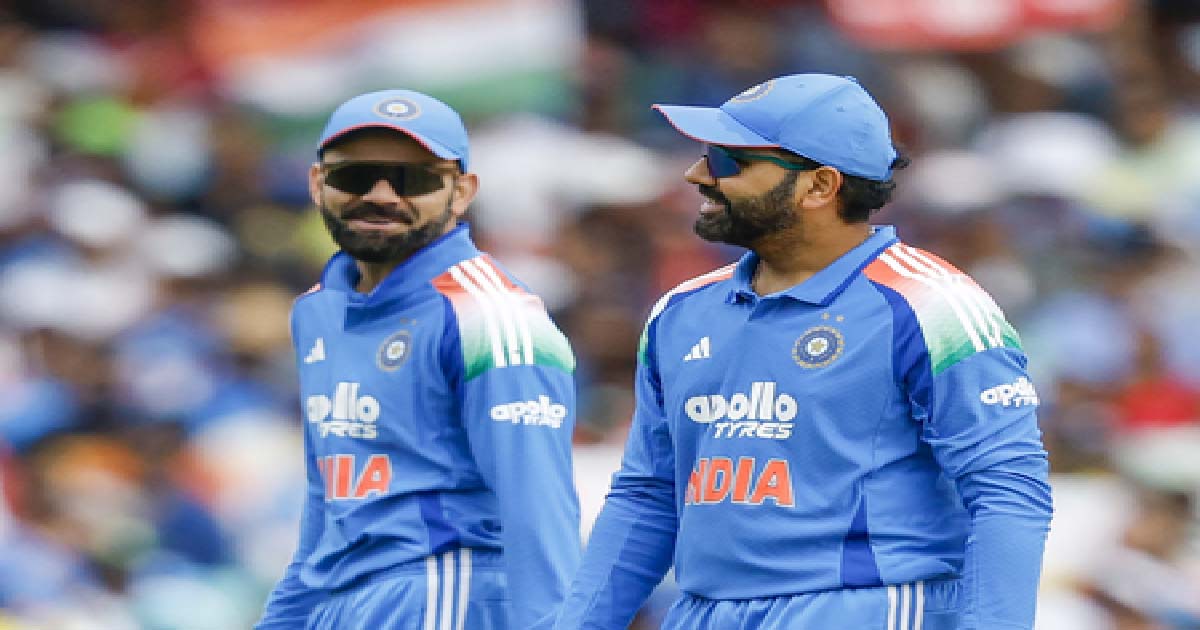
Ranchi, Nov 29: South Africa captain Temba Bavuma said it will be exciting to be part of a different kind of energy on the field when India stalwarts Rohit Sharma and Virat Kohli are present for the ODI series opener, to be held at the JSCA International Stadium on Sunday.
With Rohit and Kohli back in action after playing in the ODI series against Australia in October, the chatter has been huge over whether the veteran duo can sustain their form and fitness to feature in the 50-over World Cup two years from now.
For now, everyone’s focus will be on how the duo fare against the Bavuma-led Proteas in Ranchi, Raipur and Visakhapatnam. “I think it’s exciting, right? It’s exciting for the locals, having the two living legends come back and play on Indian soil for a while.”
“So it’s exciting for us to be a part of a different type of energy when those two big guys are around. So it’s something that we’ll be looking forward to,” said Bavuma in a video posted by Star Sports on their Instagram account on Saturday.
Asked about the plans South Africa will have for getting the better of the veteran batting duo, Bavuma said, “I think like any other players, we will do our preparation around them, come up with whatever tactics that we come up with. But we know that the energy is going to be a little bit different, but it’s an exciting one.”
“From a captaincy point of view, I don’t think much really changes for my side. I think you obviously want to lead with the bat, and then you want to lead the guys out there tactically on the field. So, nothing really, I don’t think much really changes,” he added.
Crime
Bengal school job case: 269 ‘tainted’ teachers qualified for interview in fresh recruitment
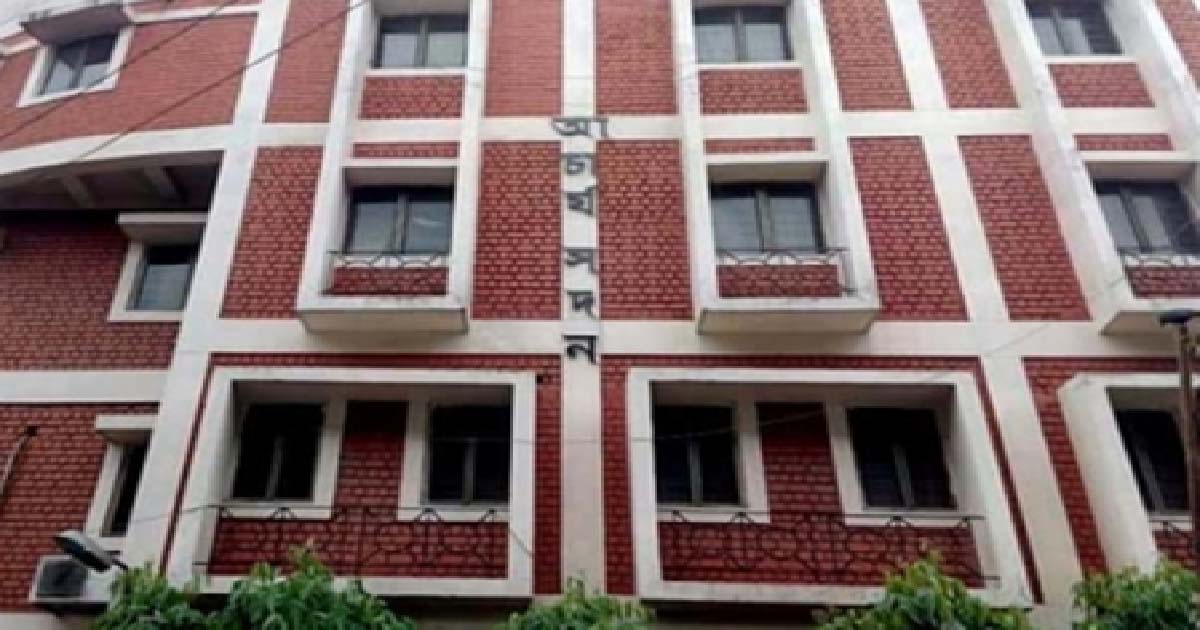
Kolkata, Nov 29: The West Bengal School Service Commission (WBSSC) has identified as many as 269 “tainted” teachers from the commission’s panel for 2016 who not only appeared for the fresh recruitment of primary teachers but also qualified for the interview.
In April this year, a division bench of the Supreme Court cancelled WBSSC’s entire panel for 2016 and barred the “tainted” teachers, who were proved beyond doubt of securing teaching jobs in state-run schools by paying money, from participating in the fresh recruitment process.
A petition was filed at the Calcutta High Court recently alleging that some “tainted” teachers not only participated in the written examination for fresh recruitment of higher secondary teachers in September this year but also qualified for the interview.
These “tainted” teachers, WBSSC sources said, got interview-qualified by taking advantage of the new weightage criterion, carrying 10 marks for past teaching experience.
The commission, thereafter, reviewed the background of the interview-qualified candidate and identified the 269 “tainted” teachers from the 2016 panel who qualified for the interview.
The commission had rejected the candidature of these 269 “tainted” teachers for the fresh recruitment process.
However, WBSSC sources said that even this list, if not final, and in the future, if more such interview-qualified “tainted” teachers are identified, their candidatures would also be cancelled.
On Friday, while hearing on the petition filed in the matter, Calcutta High Court’s single-judge bench of Justice Amrita Sinha questioned the basis on which WBSSC determined the “untainted” teachers from the commission’s 2016 panel, which would be deemed eligible for participation in the fresh recruitment of secondary and higher secondary teachers this year.
Justice Sinha raised the critical question on the basis on which WBSSC will determine which candidates will be eligible for the 10-mark weightage criterion for past teaching experience.
She also said that, apparently, it seemed that several eligible candidates were deprived of participating in the fresh recruitment process because of new rules introduced in the fresh recruitment process.
However, her bench did not give any specific direction on the matter.
The next date of hearing will be on December 1, when the counsels of the state government and WBSSC will present their arguments in the matter.
-

 Crime3 years ago
Crime3 years agoClass 10 student jumps to death in Jaipur
-

 Maharashtra1 year ago
Maharashtra1 year agoMumbai Local Train Update: Central Railway’s New Timetable Comes Into Effect; Check Full List Of Revised Timings & Stations
-

 Maharashtra1 year ago
Maharashtra1 year agoMumbai To Go Toll-Free Tonight! Maharashtra Govt Announces Complete Toll Waiver For Light Motor Vehicles At All 5 Entry Points Of City
-

 Maharashtra1 year ago
Maharashtra1 year agoFalse photo of Imtiaz Jaleel’s rally, exposing the fooling conspiracy
-

 National News1 year ago
National News1 year agoMinistry of Railways rolls out Special Drive 4.0 with focus on digitisation, cleanliness, inclusiveness and grievance redressal
-

 Maharashtra1 year ago
Maharashtra1 year agoMaharashtra Elections 2024: Mumbai Metro & BEST Services Extended Till Midnight On Voting Day
-

 National News1 year ago
National News1 year agoJ&K: 4 Jawans Killed, 28 Injured After Bus Carrying BSF Personnel For Poll Duty Falls Into Gorge In Budgam; Terrifying Visuals Surface
-

 Crime1 year ago
Crime1 year agoBaba Siddique Murder: Mumbai Police Unable To Get Lawrence Bishnoi Custody Due To Home Ministry Order, Says Report



